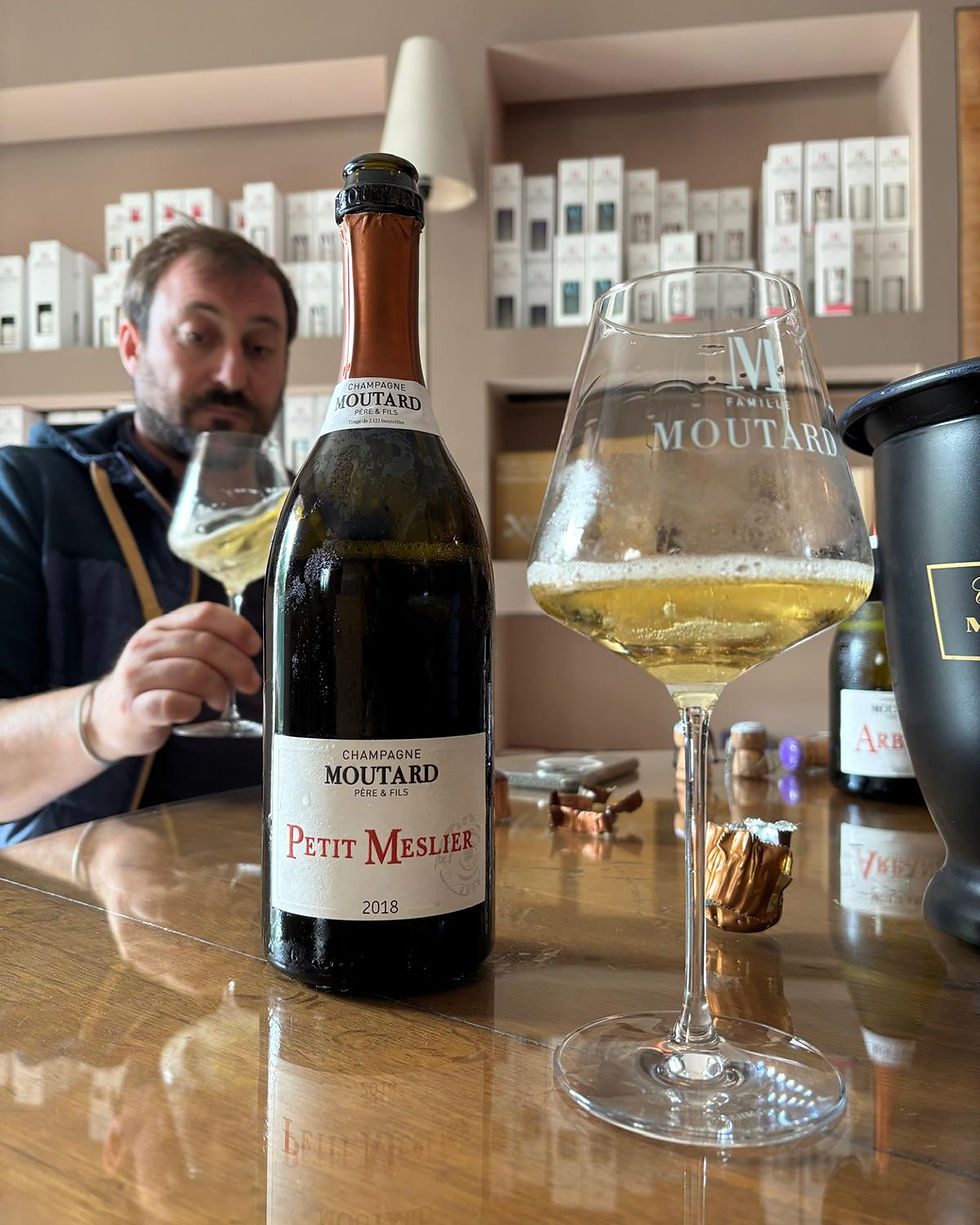Three Words of Wisdom from Antoine Roland-Billecart
- Lucy Edwards

- May 15, 2020
- 3 min read
Updated: Mar 21, 2023

On the 8th of May, we were delighted to be joined for an online tasting by Antoine Roland-Billecart, sixth generation family member of the prestigious house of Billecart-Salmon. Now Deputy Director of the maison which is one of the oldest independent family owned domain in the region, Antoine guided us through the Brut Sous-Bois NV, prestige cuvee 2006 Nicolas Francois and the iconic Brut Rose.
Over the hour we spent together, Antoine shared some fascinating stories with close to 100 attendees from all over the world.
1. The house was occupied by the Nazis from 1939 to 1941 but united with the producers of the region to create the Champagne Bureau to fight back
WWII was incredibly harsh on all champenois, as many were forced to flee. When German soldiers rolled through the region in September 1939, Antoine's ancestors boarded up their house and fled for Brittany. When the "France de Vichy" was created Antoine's grandfather returned to their home, only to discover that it was occupied by a group of German soldiers. The Nazis would end up staying for over 2 years, serving themselves to hundreds of thousands of bottles in the cellars to send back to Germany. Like most of the producers of the region, Charles Roland-Billecart was forced to hand over his bottles at prices below market, if not for free. A "Weinführer", named Otto Klaebisch had been sent to Reims with the mission of procuring all the best champagne for Hitler, and with great organisation and planning, pillaged the cellars of the region. Legislation was put in place by Klaebisch to secure at least 75% of all champagne production for the Nazis.
In 1941 Charles Roland-Billecart joined forces with Robert-Jean de Voguë and Maurice Doyard to create a united front and stand up to Klaebisch. The Champagne Bureau was the beginning of the Comite Champagne as we know it and today is one of the most respected interprofessional organisations of the world's wine regions.
Here, Antoine tells us about his father's encounter with a German tank;
2. All cuvees benefit from extended aging, with a goal of minimum 40 months on lees.
Billecart Salmon keeps all of their wines on lees for at least 36 months (the legal minimum in Champagne is 18 months), but their objective over the next few year is to increase that aging time to 40 months. To obtain the perfect balance of acidity and structure champagnes need to settle for multiple years. And a lot of wines these days are disgorged young and dosed high "like a lot of make up". "This is no way to hide the agressivity" of the wine and therefore at Billecart they insist on taking the luxury of time. "If the wine is not ready, then we wait" Antoine explained citing an example of the blanc de blancs cuvee which is often out of stock. "If the tasting committee does not agree [on the release of the wine] then it's not ready to be released. If we have to wait another year, we wait another year."
3. Prestige cuvee Nicolas Francois is only made in the best years, including 2019.
We were fortunate enough to enjoy the 2006 vintage of the elusive Nicolas Francois cuvee with Antoine which is produced only from eight Grand Cru vineyards. The 2006 blend is 60% pinot noir and 40% chardonnay with 5% aged in old oak. Malolactic fermentation is stopped to keep the freshness of the Billecart style and a low dosage of 4g/L is added after a minimum of 10 years on lees.
When we spoke with Antoine, the tasting panel had just finished the blending the 2019 vintage which was warm and showing plenty of potential. And more potential than the 2018. We can look forward to tasting the first disgorgements in 2030.


The champagnes featured in our tasting can be purchased in Singapore through Angra wine here:




.jpg)















Comments